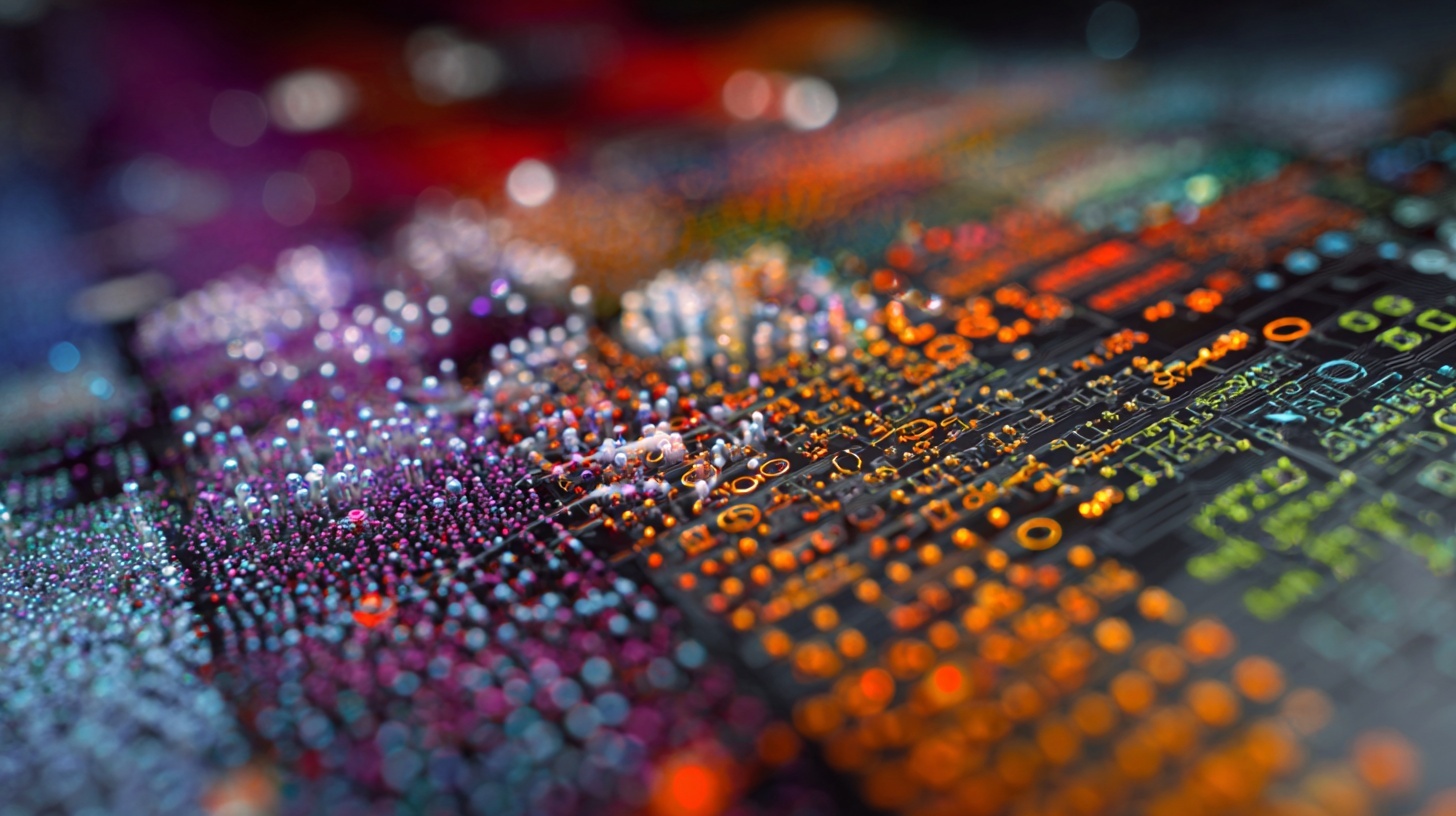By Futurist Thomas Frey
For decades, the relentless march of miniaturization has defined the trajectory of computing. Transistors got smaller; chips got denser; Moore’s Law marched forward—or at least dragged forward. But by the 2020s, physics began whispering that we’d hit hard limits. Quantum tunneling, leakage, and variations at atomic scales slowed the pace. Now, a bold new architecture is daring to redefine what “small” means: researchers have created chips with memory layers only ten atoms thick, integrating two-dimensional materials like molybdenum disulfide (MoS₂) onto traditional CMOS circuits using a novel “ATOM2CHIP” fabrication method. The result: flash memory that programs in 20 nanoseconds, consumes 0.644 picojoules per bit, retains data for over 10 years under stress—and fits into physical realms we once thought impossible.
This breakthrough matters because it forces us to rethink what “densification” means. We’ve chased smaller transistors; now the frontier is thinner chips. The 2D materials used here exhibit near-perfect gate control, dramatically reducing leakage problems that plague traditional silicon at scale. By stacking atomically thin memory layers over CMOS backplanes, the team from Fudan University sidesteps surface roughness issues that would otherwise degrade performance. The innovation is not just in the layer—it’s in marrying the exotic with the reliable.
If this architecture can scale, it heralds a tectonic shift across every compute domain. Edge devices—wearables, autonomous sensors, implants—will carry memory densities once reserved for datacenters. Local compute nodes won’t just cache data—they’ll host intelligent models entirely on-device. The latency, privacy, and energy benefits ripple outward. In datacenters, power-hungry DRAM or flash farms might give way to densified 2D-memory arrays, collapsing server racks into wafer-scale modules. Devices you hold, wear, or implant could carry terabytes of instant-access state — your phone, in effect, becomes a tiny data center.
The architecture also reframes how we think about co-design: compute, memory, and interconnect will be reimagined together. Why send data hundreds of micrometers when the memory sits ten atoms above the logic? Why separate compute and memory when they can fuse? The memory bottleneck—data shuttling between logic and storage—could dissolve. The implications touch everything: AI inference, real-time simulation, persistence in edge devices, advanced sensors, real-time brain-machine interfaces, and synthetic realities.
Of course, the path is steep. The ATOM2CHIP method depends on a glass buffer layer that today isn’t compatible with standard foundry processes. The adhesion, thermal stability, defect rates, and yield must all scale. In the prototype, programming accuracy was 93%—promising, but not production-grade. Error rates, refresh strategies, defect correction, and long-term reliability under variant stress must be engineered. And integrating this with large-scale production demands new tooling, new standards, and new design ecosystems.
But if those obstacles fall, the computational horizon redraws itself. We may look back on the 2020s and say: that was the era when compute-intensive workloads moved into pockets, into bodies, into fabrics. Memory stops being an external resource—it becomes the very fabric of logic and context. Systems become persistent, stateful, and alive across reboots. Applications will no longer “store” models—they’ll be models, with logic and memory inseparable.
The next decade will test whether this is a laboratory marvel or the substrate of tomorrow’s machines. But the possibility is exciting: a world in which computation is not limited by space or power—but defined by the intelligence embedded in every atom. We are not just chasing speed. We are chasing presence.
Final Thoughts
The leap to ten-atom memory is more than a chip innovation—it’s an existential inflection. When memory becomes physically inseparable from logic, every device becomes a possibility engine. The edge becomes the core. Persistence becomes the norm. And the devices we carry will increasingly think, remember, and evolve alongside us. The era of separation—storage here, compute there—may soon feel as obsolete as vacuum tubes.
Original Article: Chips Just 10 Atoms Thick Could Bring Computers With Extremely Compact Memory
Similar stories:
- New Breakthrough in 2D Memory Could Revolutionize AI Hardware
- Molybdenum Disulfide Memristors: Toward Ultra-Thin Neural Memory


